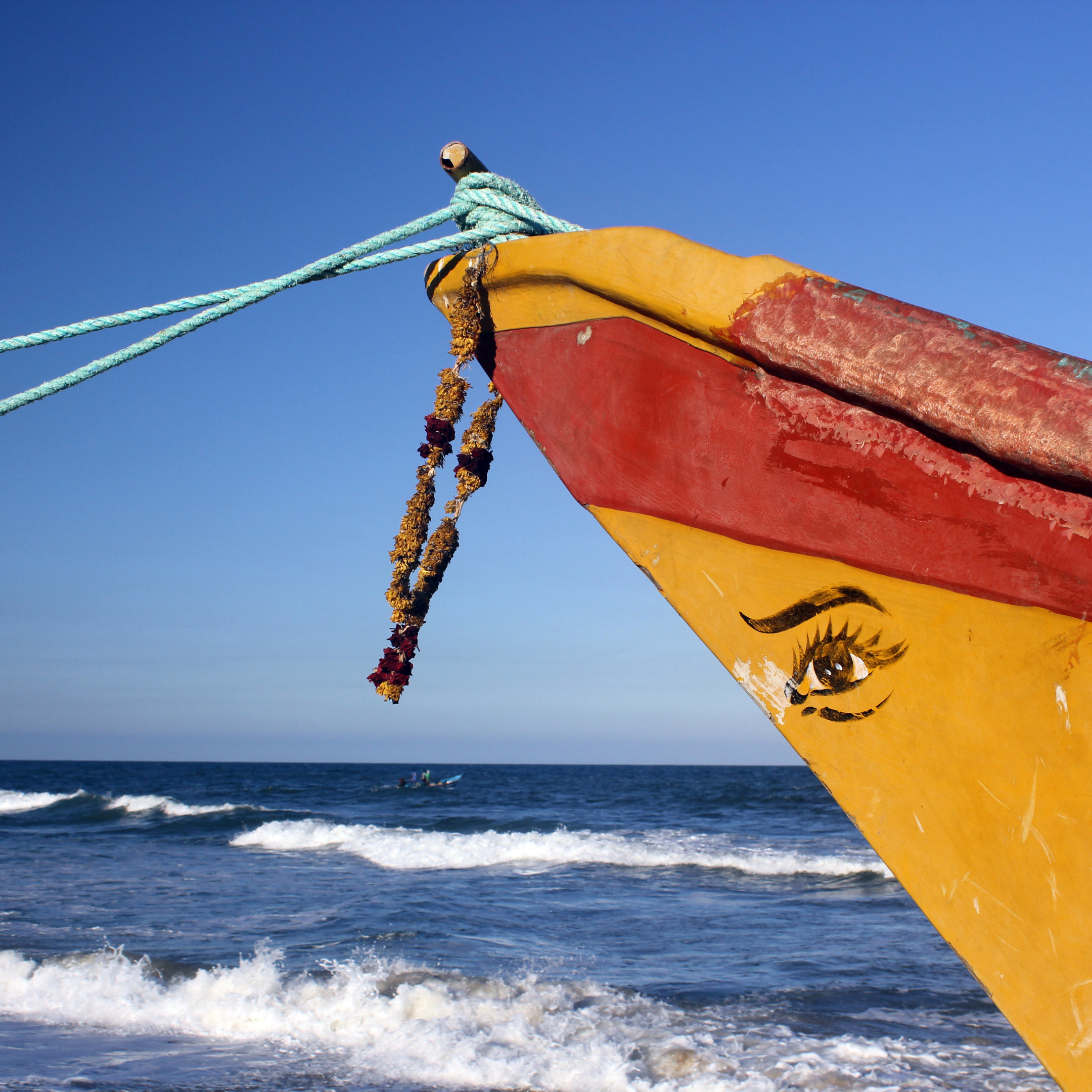The Folk Songs of Tamil Fishing Communities
An introduction: talking about folk music
Often when we look back at the history of music in a culture, we tend to place an outsized level of importance on classical music and minimise the impact of folk music. There is a certain prestige associated with classical music, so it isn’t surprising that the study of music also places it on a pedestal, serving to minimise the importance of a culture’s folk music. This despite the fact that folk music is often a much more significant influence on most popular music than classical music is. If one form of music is intended for the consumption and appreciation by a few elites (such as myself), how can it ever capture the imagination of a significant portion of the population? The fact remains that the blues are much more central to the understanding of jazz, rock, and pop than the music of Schubert. And to understand modern Punjabi music, Bhangra is a much better starting point than Dhrupad.
Sea shanties & Tik Tok
This is one of the reasons why I find the latest Tik Tok fad of people singing sea shanties particularly fascinating. As with most things on the internet, there’s little clue as to why so many people on Tik Tok have suddenly been recording themselves singing sea shanties. Why now, out of nowhere, has this 19th century genre of sailors’ work song become so popular? As this Guardian article attempts to explain, maybe ‘it’s people stuck in a bad situation hoping for better.’ Maybe that’s why there’s ‘(s)omething about (sea shanties that) seems to resonate with people.’ Whatever the reason, it’s nice when a forgotten sort of folk song sung by a forgotten sort of working class hero grabs the consciousness of people from around the world. For all its flaws, the internet does serve up its fair share of pleasant surprises.
The folk music of Tamil fishing communities
This trend has got me thinking of the sailors from my own neck of the woods. For millennia, Tamil Nadu’s fishing communities have sung work songs set to the rhythm of oars beating the sea. With the advent of motorboats, the rhythms of the oars may have disappeared, but the sea songs remain. As with so much folk music in India, there hasn’t been an Alan Lomax (who did record two Tamil fisherfolk songs) to create an easily accessible store of these songs online. (There is, however, the Archives and Research Center for Ethnomusicology in Gurugram). But in my search for such an online repository, I did come across Kadal Osai FM (kadal osai is Tamil for sound of the sea), a radio station started by members of the fishing community of Pamban, a town in Tamil Nadu’s Ramanathapuram district, in August 2016. The story of Kadal Osai is wonderful: a radio station started by a member of the community, Armstrong Fernando, with the central principle of helping the community and the sea on which their livelihoods depend. There are hourly weather updates, radio shows on conservation, going rates for fish and materials, and programmes with folk songs. You can find episodes on old fishing practices, mental health, spoken English, press freedom, et al on Spotify.
Halfway down the Kadal Osai FM rabbithole, I found the music I was looking for when I started my search: a programme that sampled the folk songs of the Tamil fishing community. With my mother’s help I was able to gather the themes of the songs in the show. For instance, the first is a song for kids that speaks about how a fisherman makes his boats from banana trees, honey, and other raw materials. The words Yelelo Ailasa are rhythmic words intended to mimic the swing of a boat’s oars. Many of the other songs speak of the sacrifices boatmen make when they go out to sea. Some, like the second song, which is sung to the tune of this old Tamil movie song, speak of the tragedy of lives lost at sea. Others, like this one, which appears later in the programme, have a less tragic perspective, but still speak of storms and rough sailing conditions.
Most of the other songs sing not only of sailing and fishing, but also of the work that needs to be done before and after a sail. For instance, the third song, composed entirely of rhythmic chanting, is intended mostly to make the hard work of dragging boats out to sea from the beach feel less intensive. These are the same themes in the sea shanties that have become viral over the past few days. And this idea of a rhythmic chant making hard manual labour easier is something both forms of folk music have in common. It certainly isn’t an easy life, and it’s a community that deserves our respect and thanks.




